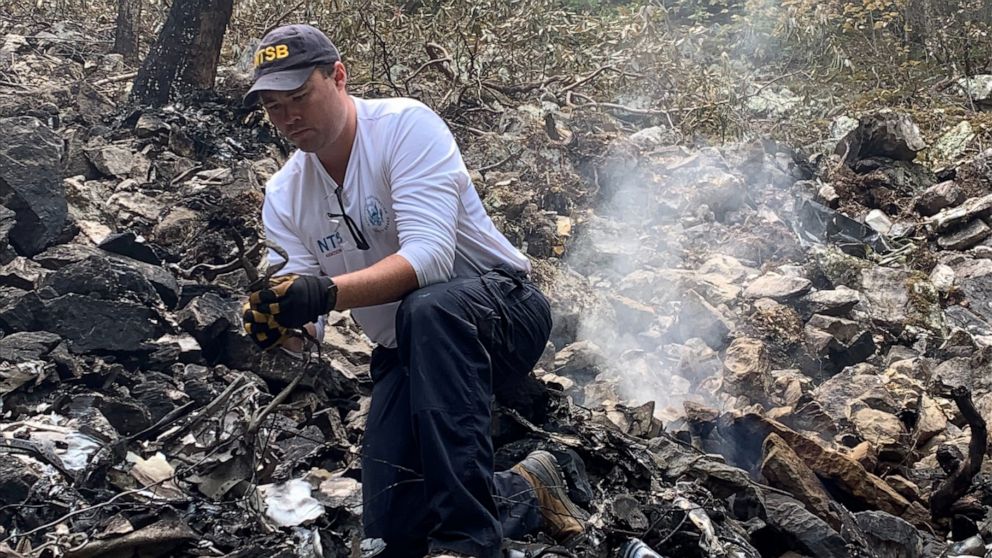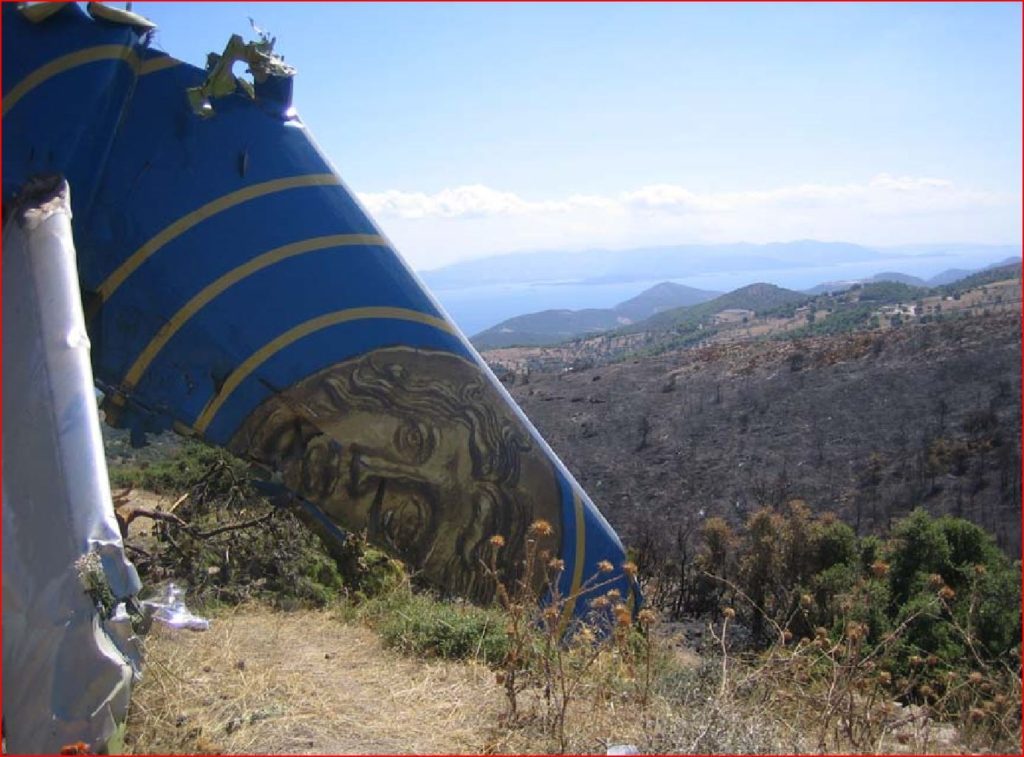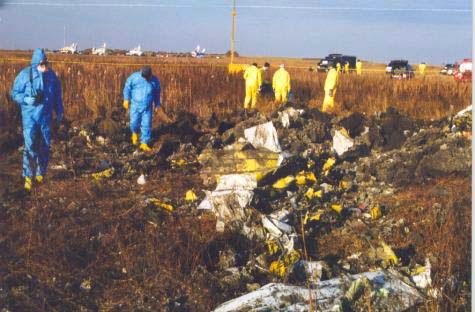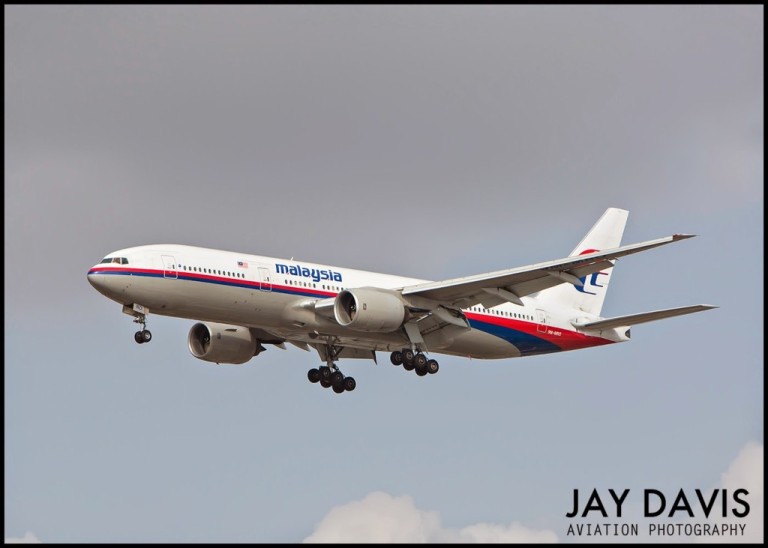
The crash of a private jet in Central Virginia on Sunday has striking similarities to air disasters that resulted from the incapacitation of pilots due to a loss of pressurization and one noticeably unusual (if not unprecedented) element. When pilots of the Cessna Citation failed to respond to numerous radio calls fighter jets were dispatched to check things out. Speeding toward the wayward Citation, at least one of the six Air National Guard F-16s broke the sound barrier, generating a sonic boom heard across the Washington DC region.
That more than any other reason explains the headlines about what would be another fatal general aviation crash which, tragic as they are, occur on a near-daily basis in the United States. (Just yesterday a P-32 Piper Saratoga piloted by a 66-year-old American took off from Palm Beach airport and disappeared shortly before its arrival in the Bahamas.)
In last Sunday’s accident, four people were killed when the Citation flew into the ground at George Washington National Forest, which notably is just 20 miles from DC’s Reagan National Airport. John Rumpel, of Melbourne, Florida said his daughter, grandchild and a nanny were on board the airplane along with a single pilot, Jeff Hefner, a retired captain with Southwest Airlines.
The four left Tennessee for Long Island, New York but the pilot failed to respond to controllers on the northbound leg. The pilot made no attempt to land at the destination airport. Instead, the plane turned around and flew at 34-thousand feet back toward the departure airport.
This is practically a textbook description of what happens when pilots are starved of oxygen. The amount of time a person can remain conscious five miles above sea level in an unpressurized cabin without supplemental oxygen is not much longer than 30 seconds. The NTSB is investigating.
Loss of pressurization occurs frequently on all kinds of aircraft including airliners. In some cases, the plane fails to pressurize during ascent and pilots do not realize it. This is referred to as insidious hypoxia.

Wreckage of Helios Flight 522
Other times, the pilots recognize the problem but do not respond appropriately, as in Helios Flight 522 in 2005. Despite a last-minute attempt to save the day by a flight attendant who was also a student pilot, all aboard died when the plane ran out of fuel and hit a mountain near Athens. (Read more here.)
When a plane loses pressure, pilots may struggle to don emergency oxygen masks before trouble begins. This is what that procedure looks like on an airliner.
In the near disaster unfolding on an American Transair 727 in 1996, both the flight engineer and the captain fell unconscious when the plane lost pressure at 33 thousand feet. Only the first officer got his oxygen mask on in time, enabling him to make an emergency landing.

The most famous hypoxia event on a general aviation aircraft was the Payne Stewart ghost flight. In that 1999 event, the plane flew on autopilot from Florida to South Dakota before crashing into a cornfield killing all six onboard. Investigators were not able to determine whether it was a sudden or insidious loss of cabin pressure that led to pilot hypoxia.
These are the stories that make headlines. Many others do not, or have been forgotten; a Scandinavian Airlines DC-9 with 144 people on board that lost pressurization on a flight from Italy to Denmark in 2003. The loss of a King Air due to the hypoxia of the pilot in Western Australia that killed eight in 2000.

Larry Glazer with his Socata TBM 900
In the depressurization event on the Socata TBM 900 of Americans Larry and Jane Glazer in 2014, Mr. Glazier realized he had a problem and was communicating with controllers. As in the Virginia crash earlier this week, fighter jets were dispatched to follow the Glazer’s flight. But really, what could they do? The unconscious couple were carried along until the plane ran out of fuel and crashed into the ocean.
The NTSB found that the emergency procedure checklist on the Glazers’ plane, “prioritized troubleshooting over ensuring that the pilot was sufficiently protected from hypoxia.”
I write about these cases because media reports that hypoxia is a rare occurrence are not correct.
Following the Helios disaster, the Australian Transportation Safety Bureau did a comprehensive study of the depressurization threat, finding more than 500 events over the previous 30 years. Here are the startling takeaways from the study.
- The majority occurred on “large passenger-carrying commercial transport aircraft.”
- More than a few involved some kind of incapacitation of the crew
- Depressurization occurred on average 1.3 times a month.
- These events are becoming more frequent

Hypoxia is one of the leading theories explaining the disappearance of Mayalsia Flight 370 in 2014. It is the scenario I propose in my book, The Crash Detectives, yes, but the ATSB and other air safety professionals agree that the circumstances on MH 370 fit the hypoxia pattern in several ways.
Some air accidents appear mysterious at the start but when it comes to hypoxia, the “what happened?” question is the easiest. The “when” and the “how” take longer.
Given the frequency of these events, the question, “what can be done to prevent this threat in aviation?” is the most challenging of all.
(Read more than you’ll ever want to know about depressurization events on 737s in my book The Crash Detectives.)
Malaysia Flight 370 Victims Likely Experienced “Happy Death”

Author of The New York Times bestseller, The Crash Detectives, I am also a journalist, public speaker and broadcaster specializing in aviation and travel.









I would have that that Larry Vance’s book “Mystery solved” put to rest all other hypotheses about MH370. Yes, the passengers & all but one crew member doubtless died of hypoxia, hopefully unknowing. But that remaining pilot (no doubt Captain Zaharie Ahmad Shah) lived to ditch the aircraft, under power, in the Indian Ocean.
This seems to me pretty conclusive, but the later work using the “WSPR database” merely bolsters it, with the aircraft’s progress possibly stopped by a mysterious hold, some speculate while Captain Shah negotiated with Kuala Lumpur. Apparently Shah was a relative of today’s PM Anwar Ibrahim. Check out on wikipedia Ibrahim’s rollercoaster political career and what happened to him just the day before MH370.
https://www.airlineratings.com/news/mh370-update-new-study-verifies-tracking/